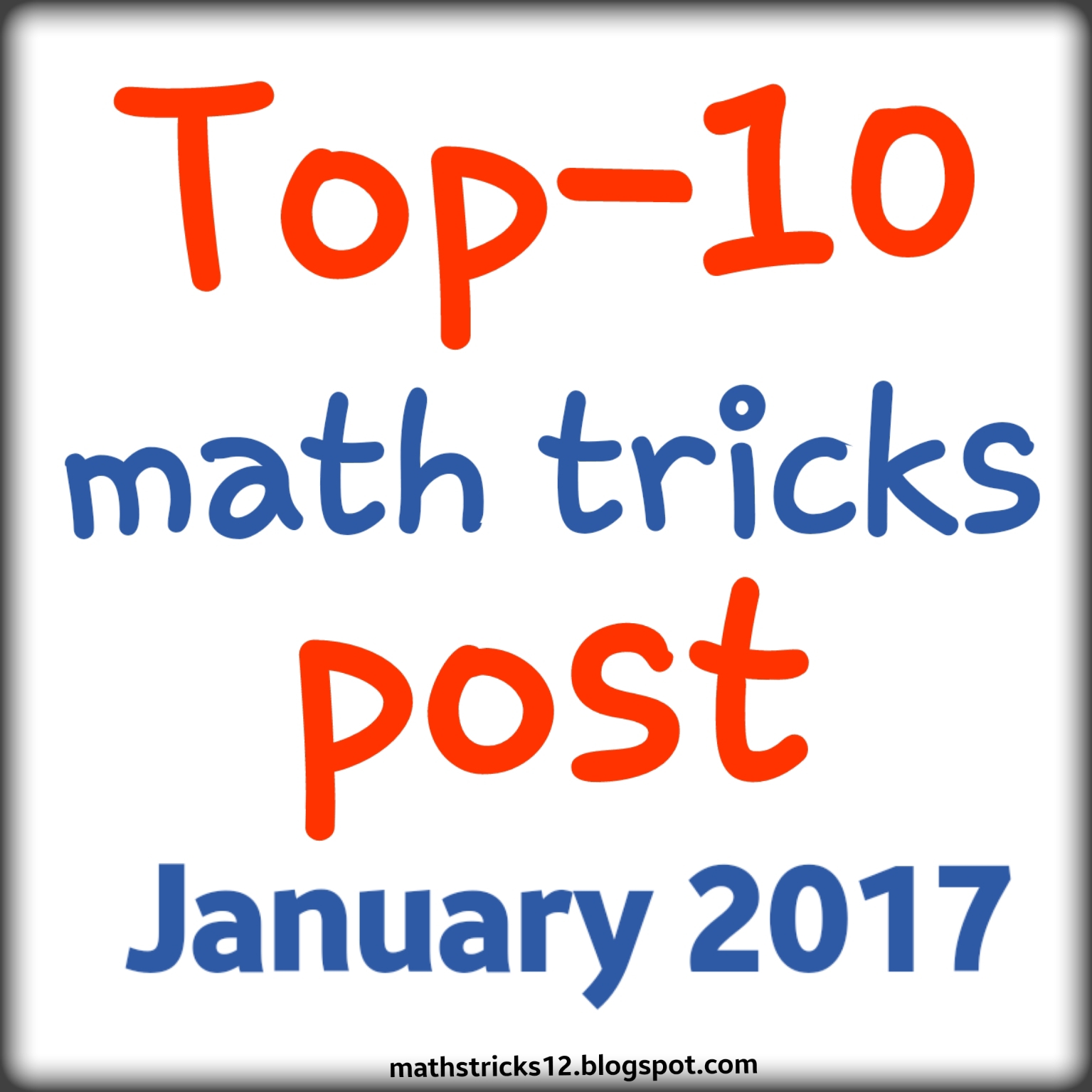2020. 3. 2. 22:24ㆍ카테고리 없음
Multiplication is a BIG deal in third grade and up. In fact, it’s so vital that teaching multiplication shortcuts can sometimes be your saving grace until the students actually memorize the multiplication facts.In the past, I have talked about teaching and tricks to help your students learn their multiplication facts, but today, I’m just going to focus on teaching your students multiplication shortcuts. What the Multiplication Shortcuts Are and Why Teach ThemWhen we begin teaching students their multiplication facts, we definitely begin by helping them understand the concept of why and how we arrived at the answer. Once they understand those strategies of repeated addition, arrays, and equal groups, then we begin to teach them little shortcuts that can help them arrive at the answer a bit faster. For instance, most teachers definitely teach that to find the product of any number times two, we just double the other factor. Therefore, 2 x 7 is 7 doubled, so the answer is 14.
This is also typically done with the factors of five (skip counting) and 10 (write the other factor and add a zero). But did you know that there are other shortcuts that can help your students, too?Of course, of all my years of teaching, I think I have always had the most fun teaching the nines. There are so many multiplication shortcuts to teaching the nines. In fact, some of the ones listed above in that Multiplication Shortcuts Chart (which is yours to download FREE – ) may be different from other multiplication shortcuts you have heard or seen – and that’s totally okay! How to Teach Multiplication ShortcutsWhen I teach the multiplication shortcuts in my class, I pull out my and begin by talking about what multiples are.
Then, we start discussing patterns we notice on a hundred chart. We list out the multiples for the individual numbers of two to 10 and then discuss our findings. I find this to be very valuable to my students for understanding the shortcuts later.Then, we begin looking at the patterns and shortcuts for factors with similar rules. In one mini-lesson, we focus on five and 10 together because they are typically relatively easy shortcuts with which students are already familiar. In the next lesson, we focus on the factors two, four, and eight because they are all double, then double-double, and finally double-double-double.
(Since students usually know that two is double from 2nd grade, it is really like a review, and they are only learning two shortcuts.) Our next lesson is the factors of three and six, and then I follow it with the factor of nine to give students an opportunity to soak in the previous lessons but to also feel a bit more at ease. The nines have so many fun shortcuts that it’s easy to create a “mental break” for students. Lastly, we talk about the shortcut for seven by itself. To wrap things up, I like to review how the properties of multiplication (commutative and distributive) also can help us with our facts.With each individual lesson, after discussing the shortcut, we practice it through engaging partner games and reinforcing practice sheets.The Multiplication Shortcut Final PresentationsAfter we have practiced using the shortcuts, I then have the students show off their knowledge! They have to create a way to present the shortcuts using a Hollywood or movie theme.Some students presented a long chain hooked together using yarn and index cards.Here is a closer view:Some students created a poster with flaps:Other students created booklets. Overall, the presentations were amazing, and students definitely learned their multiplication shortcuts in a fun and engaging way!All of these activities, including the lessons, games, and practice sheets can be found in my.
The “Introducing” Clapboard is not included in the math workshop unit, but you can download that free by clicking.Want more valuable teaching tips and other ah-mazing perks, such as discounts, giveaways, flash freebies, dollar deals, and so much more? Become a VIP member by joining my email list!Pin for Later. I wholeheartedly agree that kids have to go beyond strategies in multiplication and must finally memorize the facts.

I wonder how many people feel the same. I feel that this mindset is in the minority and I wish it wasn’t. Do you feel the same way?I really like your shortcuts. These have been tried and true for years. My only problem with shortcuts is that many times students feel if they have these, why bother to memorize the facts.
Shortcuts In Maths Aptitude
They make their knowledge of short cuts (sometimes called “tricks”) their end-all in learning the multiplication facts.What I really love about your post is having the kids do a presentation on what they learned. There is no better way to learn than to teach what you know to others.says.
Thank you for your kind words. The sevens can appear a bit tricky at first glance, especially when you just hear/see “multiply by 5, then double.” It’s really two steps and then you combine those two steps to find the answer. It’s probably not the most ideal strategy, but it still works. First (step 1) have students take the factor and multiply it by five. They will take the product and set it aside. Now (step 2) they will take the factor (from the first problem) and double it.
Shortcuts In Math Pdf

Finally (step 3) they will take the product from step 1 and the answer (from doubling) in step 2 and add them to get the answer to the original problem. Here it is with numbers:Original Problem: 7 x 6Step 1: 6 x 5 = 30Step 2: 6 doubled is 12Step 3: 30 + 12 = 42Thus the answer to 7 x 6 is 42.I hope this makes sense. 馃檪.Rebecca Gerl says.